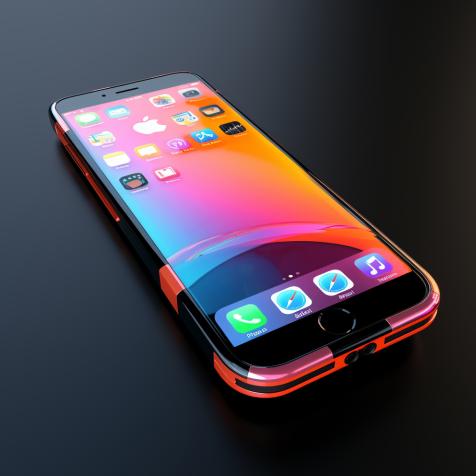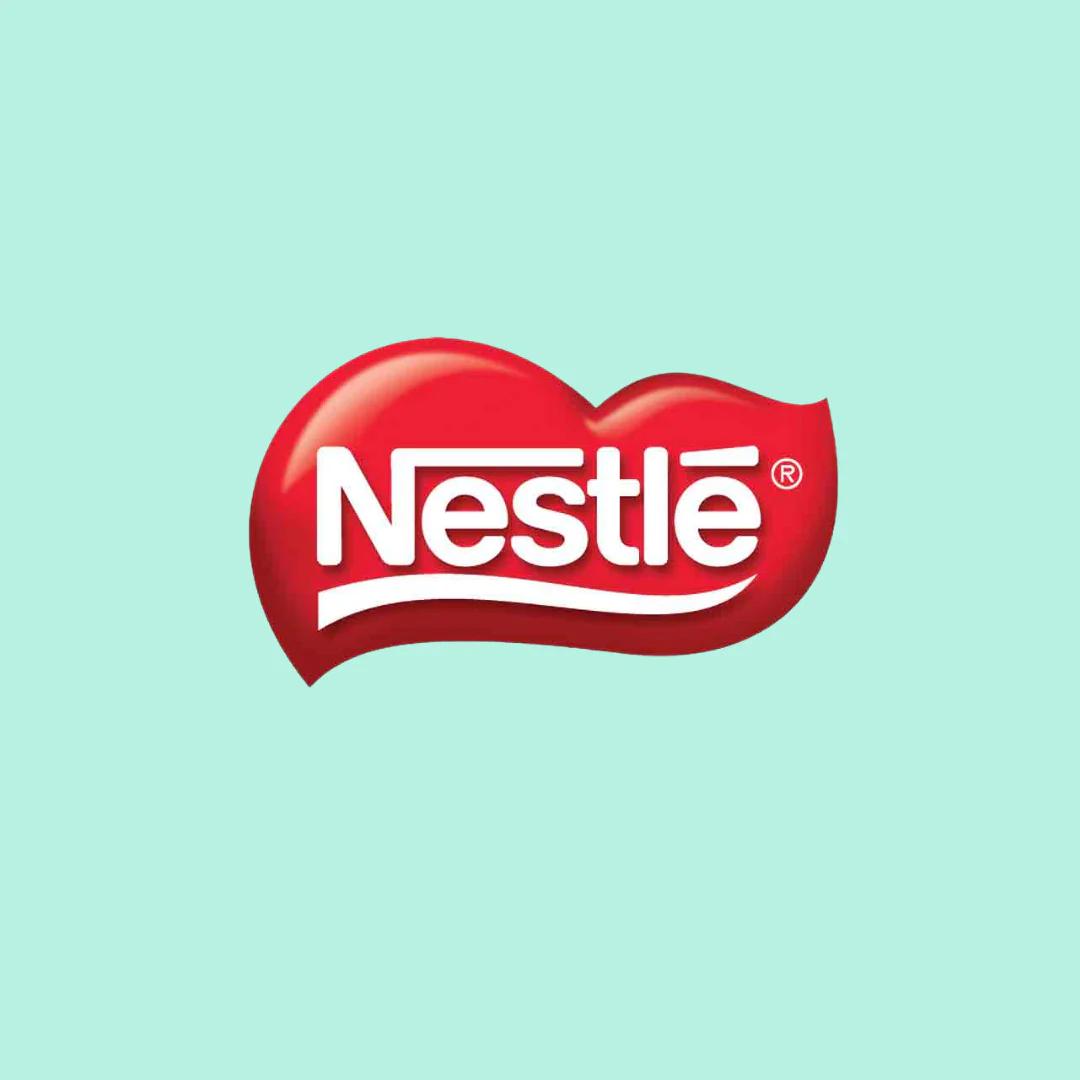Unit 4 MARKETING
Unit 4.5: The 4P's (Place)
Apple: Multi-channel Distribution
Apple uses a combination of direct distribution (through its online store and Apple-branded retail stores) and indirect distribution (via authorized resellers like Best Buy, telecommunications companies, and electronics stores).
Type of Product: Apple sells complex technology products which often require hands-on customer experience and specialized knowledge. Its direct retail stores allow customers to interact with products and receive expert assistance, while indirect channels help distribute products where Apple does not have its own stores.
Market: Apple’s products target a broad global market with different customer segments, from tech-savvy consumers to businesses and professionals. Multi-channel approach targets a wide market and also different segments (price sensitive and less sensitive and those who may need advice)
Costs: Apple’s direct distribution (its own stores and website) allows higher profit margins because it bypasses intermediaries. However, maintaining physical stores is costly, so Apple also uses indirect channels to reduce overhead in regions where it may not be feasible to operate its own stores.
Company Objectives: Apple focuses on brand control and customer experience. Its direct channels allow the company to maintain a premium experience, while authorized resellers are carefully selected to ensure they represent Apple’s brand values.
Level of Control: Apple exerts tight control over its brand image, pricing, and customer interactions through its own channels. Indirect channels are also closely managed, with strict contracts ensuring that resellers follow Apple’s guidelines, especially regarding product display and customer service.






Nestle: Indirect distribution
Nestlé (a multinational food and beverage company), primarily uses indirect distribution through retailers, supermarkets, convenience stores and wholesalers. For many products, such as bottled water, snacks, and cereals, Nestlé depends on intermediaries to distribute its goods to end consumers.
Type of Product: Nestlé sells fast-moving consumer goods (FMCGs) that are low-cost and frequently purchased. These products don’t require the personalized customer experience making indirect distribution through retailers appropriate.
Market: Nestlé’s market is massive and global, targeting consumers across all demographics. To reach such a broad audience, Nestlé relies on retailers that have extensive distribution networks.
Costs: Nestlé’s indirect distribution is cost-effective because it leverages the existing networks of retailers and wholesalers. By outsourcing distribution to these intermediaries, Nestlé avoids the cost of setting up its own retail stores.
Company Objectives: Nestlé’s primary objective is to maximize market reach and product availability. Using indirect distribution helps Nestlé achieve
Level of Control: While indirect distribution limits Nestlé’s control over how its products are displayed or promoted, the nature of FMCG goods means that brand control is less crucial than ensuring availability and affordability
POTENTIAL BUSINESSES
- Prestige Watch (Luxury Watches) – To maintain an image of exclusivity and craftsmanship while expanding sales globally. Strong control is needed over branding, pricing, and customer service to maintain a luxury image.
- Yum Bites (Fast Food restaurant operating within the US). Rapid expansion is desired and market penetration, targeting high-traffic areas such as shopping malls, airports, and highways.
- Green Glow (Organic Skincare Products based in the UK) Promote sustainability and eco-friendly skincare with an emphasis on natural ingredients. Expansion across Europe and into niche wellness stores.
- Swift Fit (Athletic Apparel Brand) To become a leading brand in athletic performance wear with a focus on innovation and sustainability.
CHANNEL OPTIONS
- Zero-Level Channel (Direct Sales): Selling directly to consumers through physical or online stores.
- One-Level Channel (Retail): Using retail stores as intermediaries to reach consumers.
- Two-Level Channel (Wholesalers and Retail): Partnering with wholesalers who sell to retailers.
- Multi-Channel (using direct and indirect methods to reach a broad market)
- Franchise
CRITERIA TO ASSESS POTENTIAL METHODS AGAINST
- Objectives of the business
- Cost: What are the costs associated with each channel? (e.g., distribution, intermediary fees, shipping)
- Control: How much control does the company retain over the customer experience, pricing, and branding?
- Customer Reach: How widely will your product be available through each channel? Does it provide easy access to your target market?
- Brand Perception: How does the channel affect the brand image? (e.g., a luxury product may require high-end, exclusive channels
QUESTION
- Examine the four comapanies and suggest a possible channel of distribution. Each business should be considered in relation to its objectives and the nature of its product in addition to the five factors (above).
- You are required to make a choice and justification for each potential business



